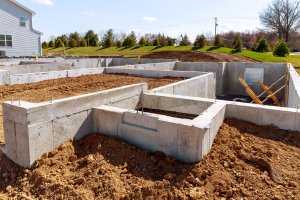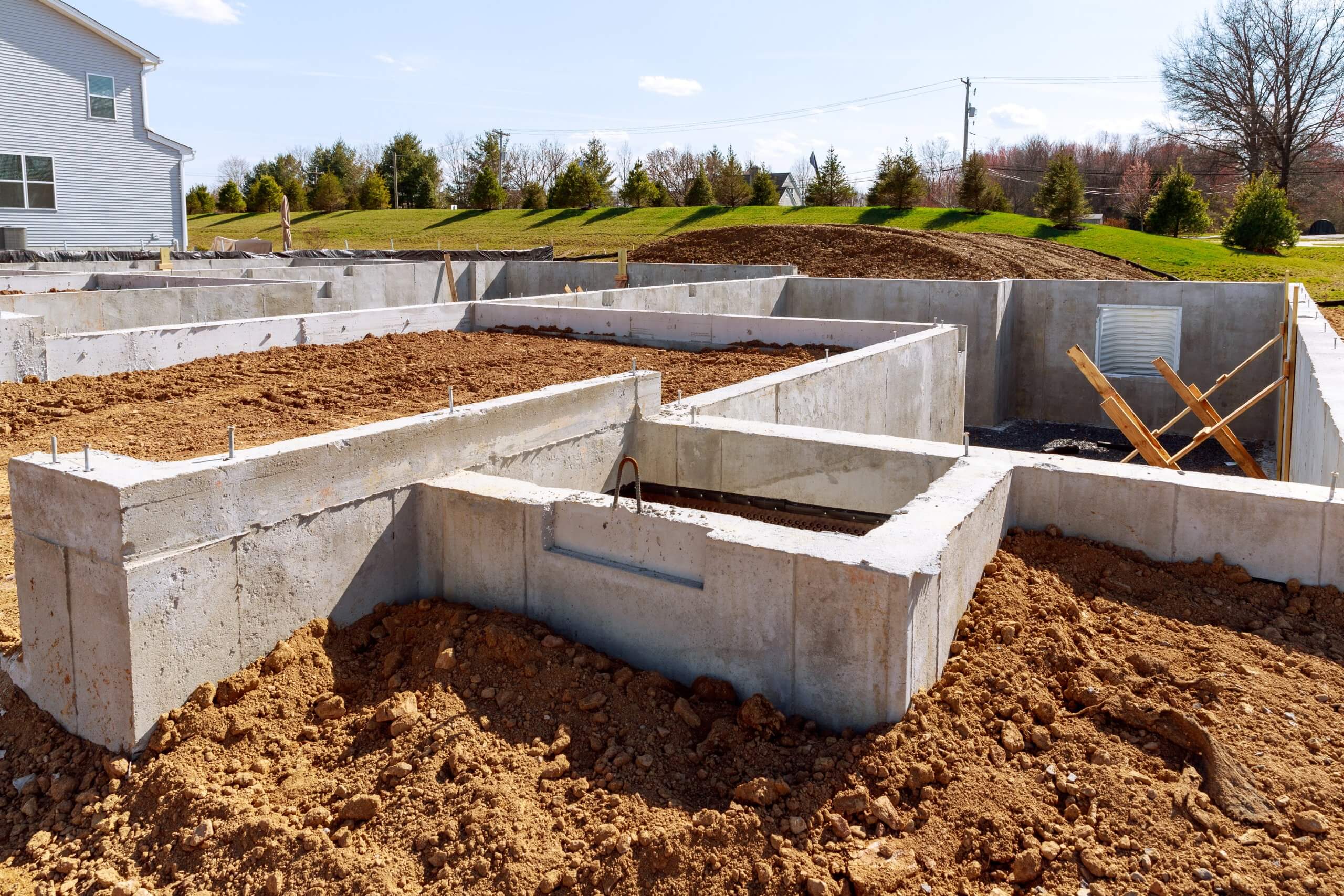
In the sphere of construction, especially when dealing with below-grade construction materials and waterproofing, understanding the importance of insulation and thermal resistance is paramount. For companies like Mar-flex Waterproofing & Building Products, offering innovative solutions to ensure the longevity of constructions is a top priority. One such critical aspect is the R-value in the backfilling phase of new constructions. This article delves into what R-value signifies, why it’s essential, and how it varies depending on the geographical location within the USA.
What is R-Value?
R-value is a measure of thermal resistance, which indicates how well a material can resist the conductive flow of heat. It’s an essential factor to consider in insulation, especially in below-grade applications where the construction is in contact with the soil. A higher R-value means better insulating properties.
The Importance of R-Values in Backfilling
Backfilling is the process of replacing or reusing the soil that is excavated during construction to strengthen and support a structure’s foundation. Here’s why R-values are crucial in this process:
- Thermal Efficiency: A proper R-value ensures that the building remains thermally efficient, which is critical for energy conservation and reducing utility costs.
- Structural Integrity: During backfilling, the insulation material with the right R-value can provide structural integrity to the foundation walls.
- Moisture Control: When dealing with below-grade waterproofing, the right insulation material can help in managing the moisture in the soil, preventing it from reaching the structure.
- Comfort: For the occupants, a well-insulated building means a more comfortable living or working environment as it helps in maintaining a consistent indoor temperature.
Regional Variation in R-Values Across the USA
The United States has a diverse climate, and the soil types vary significantly from one region to another. Consequently, different areas require different R-values for optimal performance.
- Northern States: Areas like the Midwest and Northeast experience harsh winters. Consequently, higher R-values are recommended for these regions to provide better insulation against the cold.
- Southern States: In contrast, states in the Southeast have a hotter climate, and the focus is more on keeping the heat out. A moderate R-value might suffice in these areas.
- Western States: Places like California have varied climates. The coastal areas might require lower R-values compared to regions with desert-like conditions.
Mar-flex Waterproofing & Building Products offers a range of insulation materials with different R-values suitable for various climates and soil types.
Conclusion
Considering the R-value in the backfilling process of a construction project is not just essential; it’s imperative for the longevity and efficiency of the structure. It is vital to consult with experts like Mar-flex Waterproofing & Building Products to ensure that your construction project employs the right materials with the appropriate R-values suited to the region’s soil and climatic conditions.
#Marflex #Waterproofing #BelowGradeConstruction #Insulation #RValues #Backfilling #BuildingMaterials

